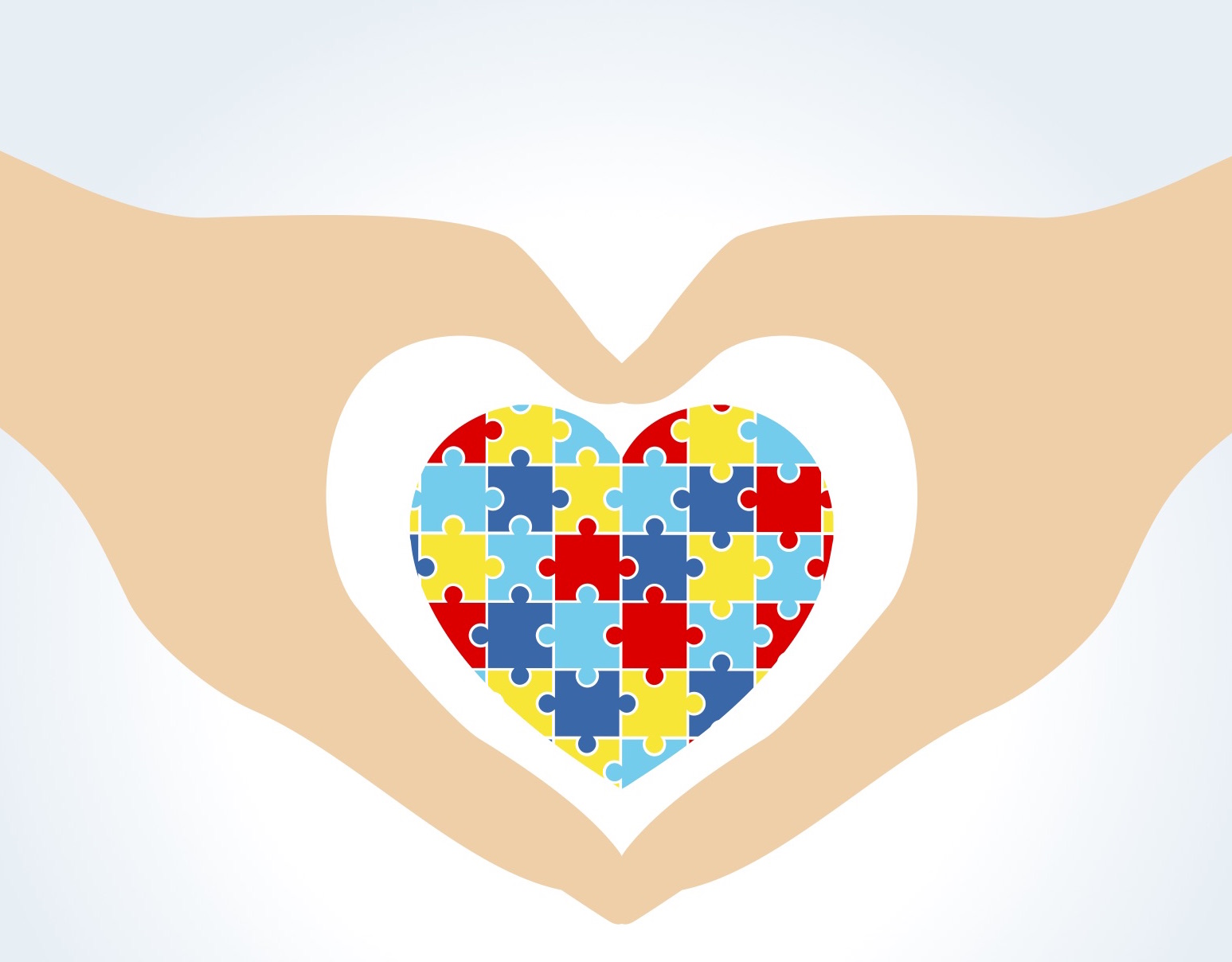
Autism Spectrum Disorder (ASD) is a lifelong neurodevelopmental disorder which encompasses deficits in social communication and interactions, as well as repetitive and restrictive behavior. HBKU Press’s online, open-access platform, QScience.com, sheds light on the correlations with and the prevalence of Autism through multiple studies published from the Qatar Foundation Annual Research Conference Proceedings. These studies, as well as other relevant articles, are collected into a new feature in which publications about a specific subject are readily available in one place to allow for more focused research.
Dr. Alwaleed Alkhaja, Senior Editor at HBKU Press, explains that, “…this collection includes many of the innovative sources found on QScience.com – an easily accessible outlet for both researchers and the general public. QScience.com is an informational hub that allows for the exploration of not only Autism, but a multitude of current, relevant issues in our world.”
The World Health Organization (WHO) revealed that the global median rate for Autism prevalence is approximately 62 per 10,000 (2014). Thus, in a study titled “The use of Arabic version of Social Communication Questionnaires (SCQ) in School Screening for Autism Spectrum Disorder (ASD) in Qatar,” researchers Fouad Alshaban and Eric Fombonne et al. (from Hamad Bin Khalifa University and Oregon Health & Science University) examined the prevalence rate of ASD in children between the ages of five and 12 years old.
Various diagnostic surveys were used to detect levels of ASD in children attending local primary schools. Results showed that out of the total population surveyed, a significant number of children did indeed show significant levels of ASD, demonstrating the presence of the Autistic population in Qatar. The findings of this study provide insight which can be used to better the planning for providing the health care facilities needed to detect and manage this disorder.
In another study titled, “Neuroscience and Interior Architecture: Impact on Autism,” Mohamed Cherif Amor (from Virginia Commonwealth University-Qatar) and Ahmed Elsotouhy (a neurologist at Hamad General Hospital) used an experimental design with two aims: firstly, to compare behavioral and neural responses of autistic subjects exposed to three types of fluorescent lighting, and secondly, to investigate the impact of different color temperatures on brain regions that have minimal neural activity for people with Autism.
The results stress how fluorescent lighting among indoor environmental variables (i.e., noise, ambient temperature, and air quality) play a critical role in nurturing daily activities for the people with normal brains, but this is not the case for those with different brain functions. Autistic subjects are actually more distracted under fluorescent lighting, as the lighting generates agitation, hyperactivity, stress, and weaker cognitive skills – this consequently contributes to negative health and performance.
In the experiment at hand, a selection of autistic subjects underwent a series of brain scans at Hamad Medical Center and were asked to evaluate certain images. These participants resided in Doha, Qatar and were recruited through a collaboration with Shafallah Center for Children with Special Needs. Specifically to Qatar, this study strives to develop a foundation of neuro-behavioral evidence that is crucial to further develop the growing institutions for the intellectually challenged in Qatar.
In another 2016 study, “Kids Channels Cause of Autism Spectrum and Leaving the Child Less than Two Years for Television is a Crime,” Mohammad Zaki Hassan emphasizes the importance of early childhood learning through repetition and interactions. It is stated that “repetition is the basis of learning,” indicating that a person retains the most information when it is continuously repeated. Children who watch television are automatically exposed to repeating sounds, shapes, colors, and sizes. This exposition lays the foundation for how a child’s senses are developed, namely those of sight and sound.
So, when a child watches TV in his or her early years, the colors, sizes, shapes, and speed of what is on the TV become engrained in their memory. The child becomes accustomed to the two-dimensional world, prompting lack of eye contact. With regards to hearing, a child who watches an excessive amount of TV will take in limited auditory intensities, sizes, levels, sounds, and directions. The channels’ repetition of songs and sounds will subconsciously cause the children to store these sounds in their auditory memories, and this inhibits space for other sounds to be remembered, even the voices of their own parents. Speech also is weakened, because the inevitable lack of human interaction stunts their language acquisition skills. Since repetition is the best indicator of learning, if a child’s main source of repetition is the TV, little room is left to grasp anything else. This means that the TV’s repetition is essentially detrimental, as it is not the kind of repetition that facilitates learning.
The findings concluded that in the cases of over 300 autistic children in various Arab countries, 90% of these children have been inadvertently neglected by constantly being left in front of television screens by their parents during their first or second years. Reasons for this neglect include busy/working parents or an ignorance on the TV’s negative effects. Symptoms of ASD were visible in children who had such neglect. These include lack of eye contact, limited attention span, an underdeveloped mental age, trouble sleeping and eating, isolation among other children, and issues regarding some senses (smell, touch, taste, and sound). The two key factors that contributed to these symptoms are the amount a child watches TV and the age the child began to watch TV.
The results indicate that watching television is positively correlated with autistic symptoms, but this does not mean that television directly causes ASD, as the development of autistic symptoms is not synonymous with ASD itself. However, researchers do recommend for channels that repeat content and songs too much provide a “warning” on the channel to lessen the viewers who are under two-years-old. Additionally, it is suggested that children under two years of age only watch TV once in order to foster more real-world, physical interactions, which will subsequently reduce autistic symptoms.





